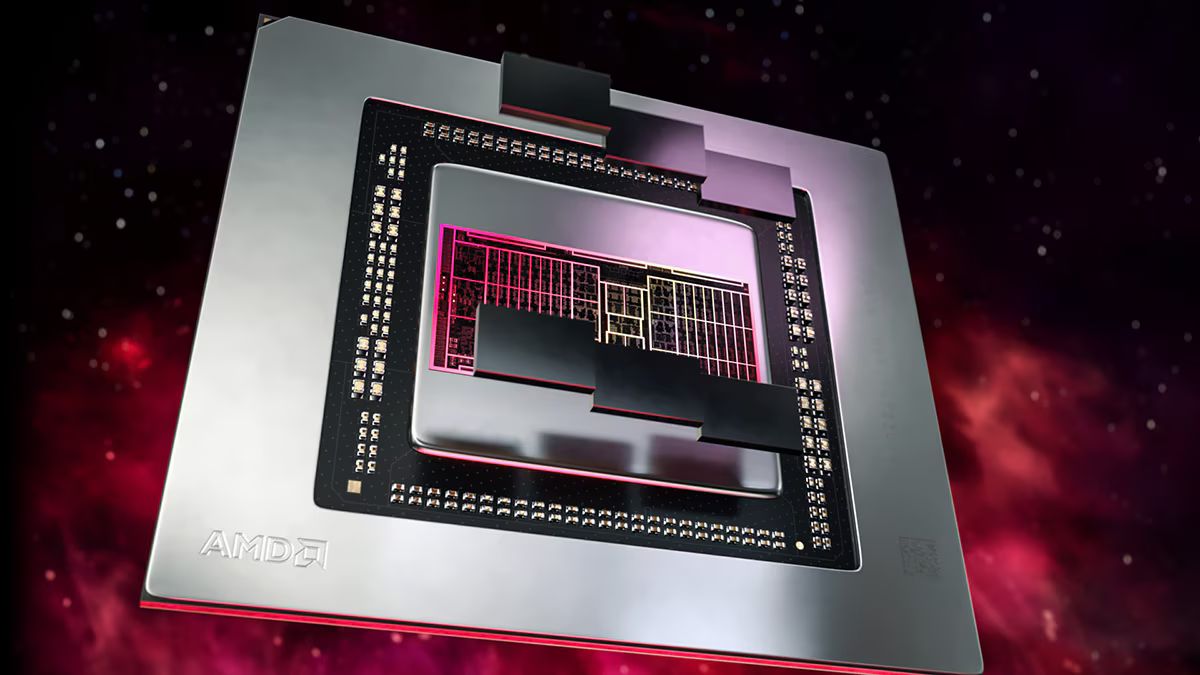Would you buy AMD’s RDNA 4 GPUs if Nvidia’s stocks run dry?

AMD is set to release its RDNA 4 graphics cards early next year, facing significant challenges within an evolving GPU market. With Nvidia pursuing flagship dominance and Intel targeting budget-conscious gamers, AMD’s focus on midrange offerings may create conflicts.
AMD’s midrange GPU strategy faces tough market competitionAMD has not disclosed specific details about its upcoming RDNA 4 cards but has indicated a shift away from competing for flagship supremacy with Nvidia. The RX 9070 XT is rumored to lead AMD’s new initiative, expected to deliver performance comparable to Nvidia’s RTX 4070 Ti and RX 7900 GRE. According to leaked benchmarks, this card aims for a performance level typically found in GPUs priced around $600 to $700 in the current generation, with expectations that it may be priced lower than this range.
Rumors suggest that the RX 9070 XT could also approach the performance metrics of the RTX 4080. However, it appears that AMD is intentionally positioning this card below what would qualify as a next-gen flagship. This becomes critically apparent when considering the anticipated capabilities of Nvidia’s RTX 5090, which insiders allege could outperform the RTX 4090 by as much as 70%.
AMD’s focus on midrange graphics cards seems strategic amid rising flagship prices from Nvidia, which exceed $1,000, coupled with Intel’s offerings aimed squarely at the under-$300 segment. Yet, AMD’s approach places the company in a precarious position, caught between divergent pricing strategies.
When evaluating a new graphics card, context is essential. The RTX 4090 exemplifies this; while it demonstrates impressive speed metrics against its predecessors, it must also contend with its price point and value comparison to alternatives, such as the RTX 4080. Nvidia’s role as the market leader means that competing products from AMD or Intel will invariably be judged against their performance.
As new graphics cards from Nvidia and AMD are expected to coincide with the Consumer Electronics Show (CES) in January 2025, there remains ambiguity about how they will stack up against one another. Analysts are curious about Nvidia’s potential response to AMD’s proposed offerings, especially as Nvidia rolls out new high-end graphics cards that are likely to exceed $1,000, while AMD remains focused on midrange solutions.
AMD stock shoots up 5.7%: Here’s what is fueling it
Many consumers could choose to wait for Nvidia’s complete lineup launch before making a choice.
The anticipated RX 9070 XT may face unique challenges from AMD’s own last-gen cards. For instance, if the RX 9070 XT is positioned at around $650, it could mean buyers receive performance similar to that of the RX 7900 XT, which is already priced competitively and may be available for less during sales. Furthermore, significant price erosion on last-generation offerings complicates AMD’s ability to establish a competitive pricing structure for the new RX 9070 XT.
Without clear delineation between the new and older models, AMD’s next GPU might find itself competing against itself. The RX 9070 XT could offer impressive performance diverging from existing models but is subject to potential scrutiny, as consumers might favor existing options, particularly if they are already discounted.
This situation creates a balancing act which presents risks for AMD. On one hand, the new card must be attractive enough to entice buyers away from last-generation products, which may continue to drop in price. On the other hand, AMD cannot excessively undercut its existing offerings, risking a reduction in overall product value and revenue.
Timing and pricing will be critical for AMD to capitalize on Nvidia’s potential stock depletion. If AMD can deliver RDNA 4 at competitive prices while maintaining supply stability, it could seize a significant share of the midrange market. Still, AMD’s challenge lies in striking the right balance between performance and affordability without undermining its existing lineup. The RX 9070 XT’s success will hinge on how well AMD communicates its value proposition to gamers and positions itself against Nvidia’s and Intel’s aggressive strategies in the budget and flagship categories.
Featured image credit: AMD
